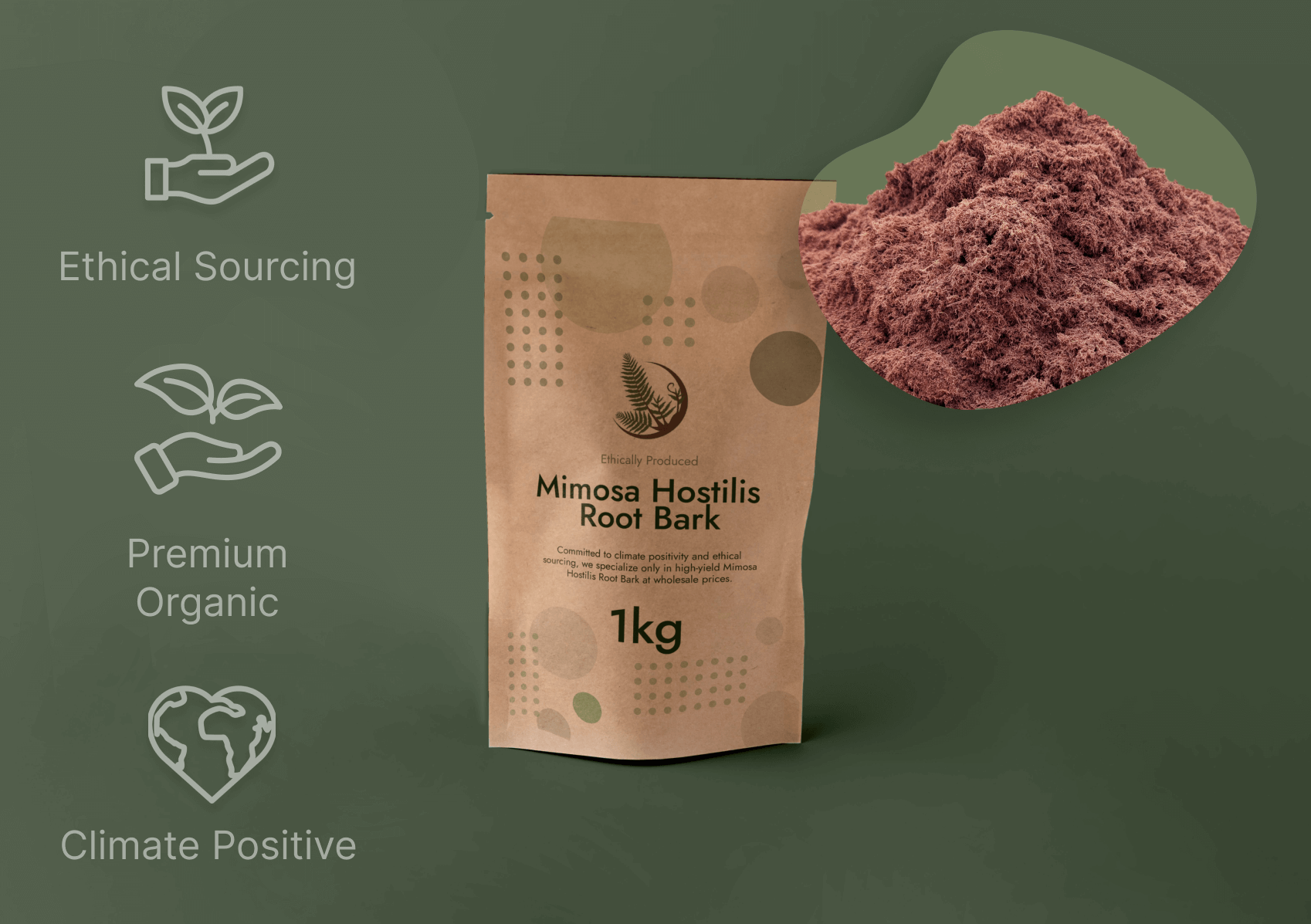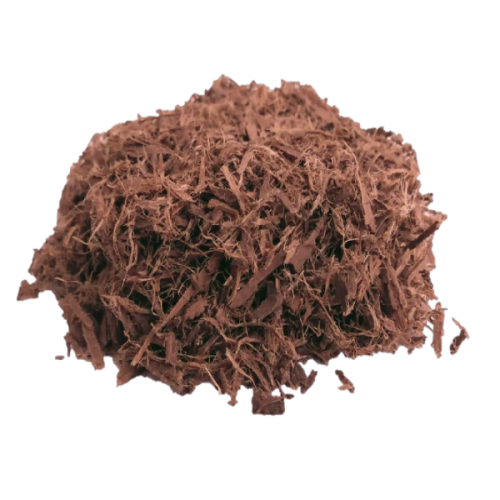Mimosa Hostilis Root Bark: A Guide to Origins and Utilizes
Wiki Article

Mimosa Hostilis Root Bark retains a substantial position in traditional practices and modern-day botanical applications. This informative article explores the attributes, origins, and customary queries surrounding this exceptional plant substance, with a certain deal with the prized Brazillian Mimosa Hostilis Root Barks.
What is Mimosa Hostilis Root Bark?
Mimosa Hostilis, scientifically known as Mimosa tenuiflora, is really a perennial tree native for the northeastern region of Brazil and portions of Mexico. The foundation bark of this tree has long been applied for hundreds of years by indigenous communities for various useful and standard applications. The inner root bark has notable concentrations of tannins, alkaloids, as well as other phytochemicals that add to its distinctive Homes and applications.
The tree by itself is remarkably resilient, capable of surviving in inadequate soils and drought situations. This hardiness contributes to the strong nature in the bark and its chemical profile. When harvested sustainably, the outer root bark is diligently separated to access the dear inner bark, that's then dried and well prepared to be used.
Brazilian Mimosa Hostilis Root Bark: The Gold Regular
When discussing excellent in Mimosa Hostilis products, the Brazillian Mimosa Hostilis Root Barks are usually thought of remarkable in the botanical marketplace. Various components add to this track record:
Best Escalating Conditions
The particular soil composition, local climate, and ecosystem of Brazil's northeastern region make best circumstances for Mimosa tenuiflora to acquire its comprehensive chemical opportunity. The mineral-abundant soils and distinct pattern of rainfall and daylight In this particular region show up to boost the focus of Lively compounds in the foundation bark.Classic Harvesting Know-how
In areas where by Mimosa Hostilis has been utilised typically, harvesters have produced complex solutions for sustainable harvesting that preserves the two the tree and also the potency on the bark. This information, handed down by means of generations, ensures that the bark is collected at the ideal time of calendar year and processed utilizing methods that maintain its integrity.Distinctive Physical Properties
Brazilian Mimosa Hostilis Root Bark normally shows a prosperous reddish-brown to purple inner bark using a fibrous, dense texture. The visual attributes normally serve as an Original indicator of high-quality, with skilled people recognizing the distinct physical appearance of bark from this location.
Typical Purposes and Utilizes
The purposes of Mimosa Hostilis Root Bark span equally traditional and present day contexts, though it's vital to be aware of the lawful status of such makes use of differs by place and jurisdiction.
Regular Craft and Observe
Indigenous communities have historically used Mimosa Hostilis Root Bark for creating organic dyes for textiles, Together with the Brazillian Mimosa Hostilis Root Barks bark developing stunning shades of purple, burgundy, and deep brown. The tannin-rich Qualities also made it beneficial for leather-based Brazillian Mimosa Hostilis Root Barks tanning and various functional applications.Modern Botanical Exploration
Contemporary fascination in Mimosa Hostilis Root Bark extends to various fields of botanical analysis, especially researching its chemical composition and likely programs. Scientists have identified many intriguing compounds inside the bark that warrant even further scientific investigation.Horticultural and Agricultural Takes advantage of
In permaculture and sustainable agriculture, Mimosa tenuiflora is valued as a nitrogen-repairing species that will enhance soil excellent. The bark alone, when processed, can be employed as a purely natural mulch or soil amendment in specific agricultural contexts.Top quality Evaluation and Identification

For anyone working with Mimosa Hostilis Root Bark, comprehending how you can evaluate high-quality is vital. High-high quality substance, significantly genuine Brazillian Mimosa Hostilis Root Barks, commonly displays specific features:
The visual visual appearance should present a transparent distinction concerning the outer and interior bark, Along with the interior bark displaying deep, lively shades. The material must have a characteristic earthy, somewhat sweet aroma, free of charge from musty or moldy notes. When processed, the bark need to generate a wonderful powder while sustaining its fibrous structure until finally grinding. Effectively dried bark must be brittle but not dusty, indicating right humidity written content.
Commonly Asked Inquiries (FAQs)
one. What's the difference between Mimosa Hostilis Root Bark from Brazil and also other locations?
Brazilian Mimosa Hostilis Root Bark is mostly thought of superior due to the optimal escalating disorders in northeastern Brazil, which bring about higher concentrations of active compounds. The traditional harvesting solutions used On this area also lead to the overall quality and potency of the ultimate product or service.two. How really should I retail store Mimosa Hostilis Root Bark to take care of its quality?
Retailer the bark inside of a cool, dark, and dry location within an airtight container. Security from light, dampness, and extreme temperature fluctuations may help preserve the bark's chemical integrity and stop degradation of its Energetic parts.3. Is Mimosa Hostilis an endangered species?
No, Mimosa tenuiflora is not now mentioned as an endangered species. In reality, It truly is recognized for its resilient growth and skill to prosper in complicated disorders. However, liable harvesting procedures remain important to make sure the sustainability of wild populations.four. Am i able to grow Mimosa Hostilis outside of its native habitat?
Whilst Mimosa tenuiflora thrives very best in its native tropical climate, it might be cultivated in similar environments. The tree needs nicely-drained soil, loads of daylight, and defense from frost. Having said that, the chemical profile of cultivated specimens might differ from wild-harvested Brazilian substance.5. What's the lawful status of Mimosa Hostilis Root Bark?
The authorized status differs drastically by nation and jurisdiction. In some areas, the raw bark is lawful to have, though in others, precise extracts or preparations could be regulated. Constantly analysis and comply with community guidelines and regulations before getting or employing any botanical compound.Knowing Mimosa Hostilis Root Bark, specifically the premium Brazillian Mimosa Hostilis Root Barks, involves appreciation of its botanical attributes, classic context, and proper apps. Whether for analysis, craftsmanship, or botanical review, this amazing plant substance carries on for being a subject of curiosity across several fields, however usually inside of suitable lawful and moral boundaries. Report this wiki page